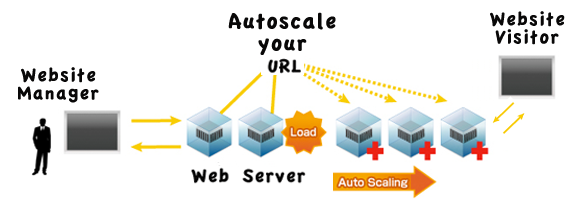The dynamic functionality of a website falls into specific categories. Website managers should define which one theirs fits and manage it accordingly. Too often, websites attempt to serve multiple categories, which confuse users. By defining a website within one of these categories, website managers will help search engines respond with better results while offering opportunities for allied websites to back link to their website because they know exactly what to expect.
Big corporations are as guilty as smaller companies in failing to serve specific and dynamic functionality to users of their websites, often presenting a mishmash of hard-to-find portals, outdated news feeds, antiquated customer support sections and pedantic marketing information.
To define the dynamic functionality of a website, a website manager should ask the simple question whether it changes or not. Does the website change or customize itself frequently and automatically? We’re not talking about rotating banners here, mind you! We’re talking about real functionality. For instance, a dynamic website could automatically and continually displays user posts, relevant news, and product updates. But other dynamic functionality is innovative and unique so that the service is the purpose of the website rather than a benefit of a larger agenda they’re presenting.
21 categories for dynamic functionality websites
- Activity – A place for users to find others with common interests who have planned activities or are interested in creating new events to serve those interests.
- Affiliate – A third-party website whose purpose is to sell or present someone’s product or service, usually for the purpose of generating advertising revenue.
- Archive – Searchable data, usually pictures or documents, presenting information that is legally required to be stored or is otherwise valuable to the users.
- Association -A website where like-minded individuals participate in common interests relating to professions, interests or other personal activities where users are invested.
- Blog – A website journal used to post online diaries from individuals.
- Comedy – Where users can trade or find jokes on specific or a variety of topics.
- Classified ads – A way for users to solicite and search services, usually within a small niche that would otherwise not be available on larger websites like Craigslist.
- Community – This website allows like-minded individuals to participate in newsgroups or research news and user posts for the common purpose of building interest among its visitors.
- Company – Providing information about a corporation or business that assists customers and investors in their research.
- Cult of personality – Imagined or otherwise, this website is usually created by big personalities in entertainment or their fans for the purpose of gossip or self-promotion.
- Dating – A place for users to find relationships.
- Gambling – A place to speculate on games or make spreads on arbitrary activities where odds influence the outcome of agreements made between two parties.
- Investing – Website where research is presented with the opportunity to invest in speculative commodities or instruments that will increase or decrease in value over time, depending on established markets and their influences.
- News – Exactly what it implies.
- Personal – Often a family or individual website where blogs, pictures or other posts appear for friends and family.
- Political – Propaganda site produced to influence perspectives on an individual or cause.
- Porn – A site where sexually explicit content is presented.
- Products – Website for selling items, typically in shopping carts.
- Religious – A place where users can find spiritual and practical inspiration, support and assistance regarding life’s larger issues, often leading to community involvement.
- Search – A research destination where information is aggregated and presented based on user queries.
- Social – Networking websites used by individuals to communicate with others who designate shared interests
If the website is not dynamic – stop what you’re doing and add dynamic functionality immediately! Whether it’s daily news feeds presenting unique content, quizzes, ongoing surveys and pole results, or even a web camera displaying video of the warehouse where employees are shipping products to customers, give users a reason to come back for more of something that’s interesting. And remember that it does not have to be useful to be dynamic and interesting.
 Originally, websites were informational without dynamic functionality to create “stickiness” for users to come back time and again. But what started out as a U.S. government research vehicle quickly blossomed into a massive network of personal and professional individuals and businesses looking to attract new users to their place in the world.
Originally, websites were informational without dynamic functionality to create “stickiness” for users to come back time and again. But what started out as a U.S. government research vehicle quickly blossomed into a massive network of personal and professional individuals and businesses looking to attract new users to their place in the world.
While the dynamic functionality of a website may cross into many different categories, most website managers will find by narrowing their mission to one, then he or she can research others who fit into that same category, borrowing dynamic functionality and attracting users similarly.

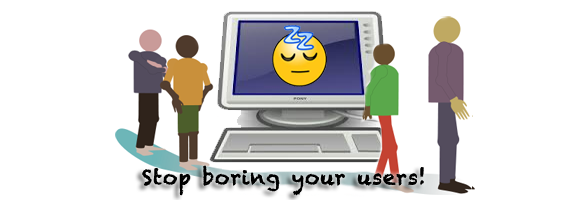


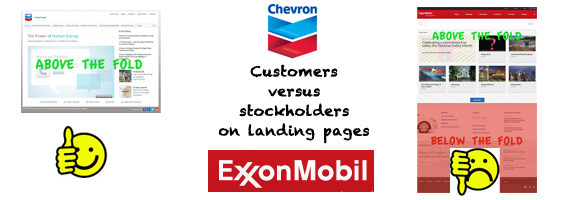
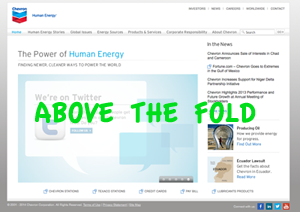
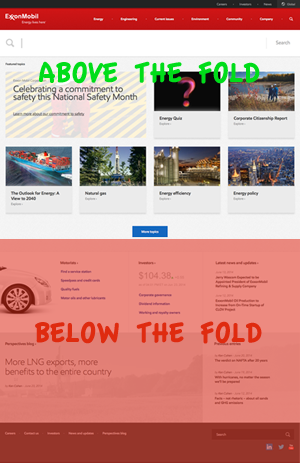

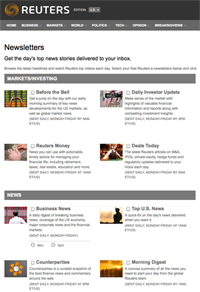 In reality, news digests that aggregate information is making a comeback. Check out
In reality, news digests that aggregate information is making a comeback. Check out 